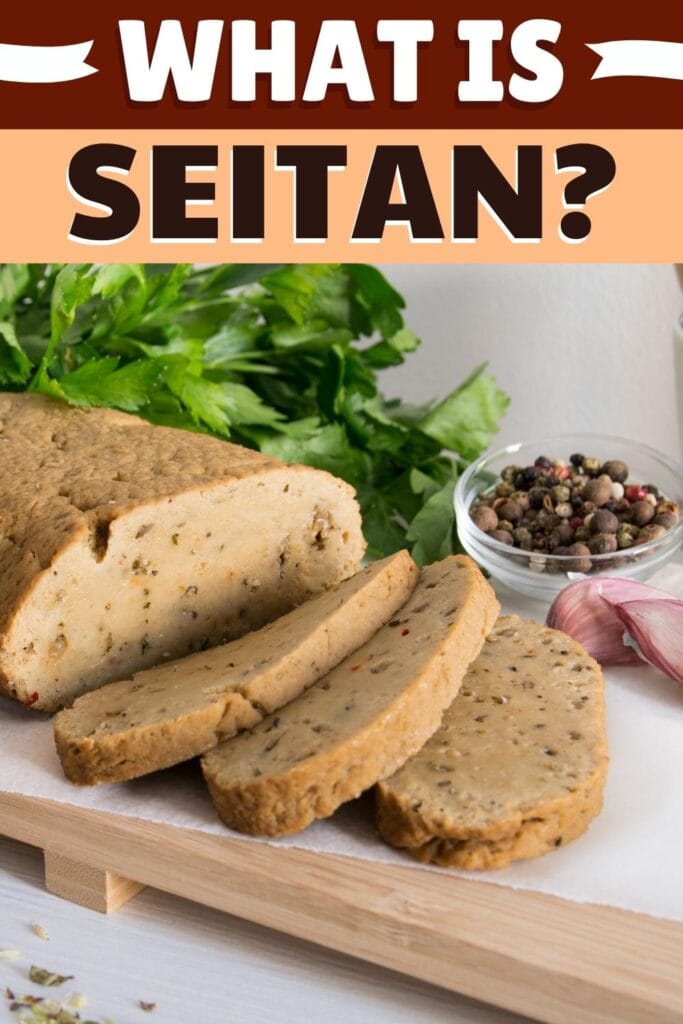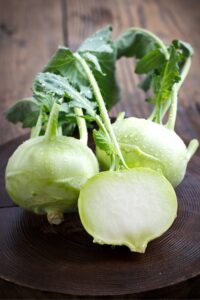Seitan recipes are all over TikTok right now, but it’s anything but modern. The original “wheat meat” recipe dates back 1,500 years in China!
So, what is seitan, exactly?
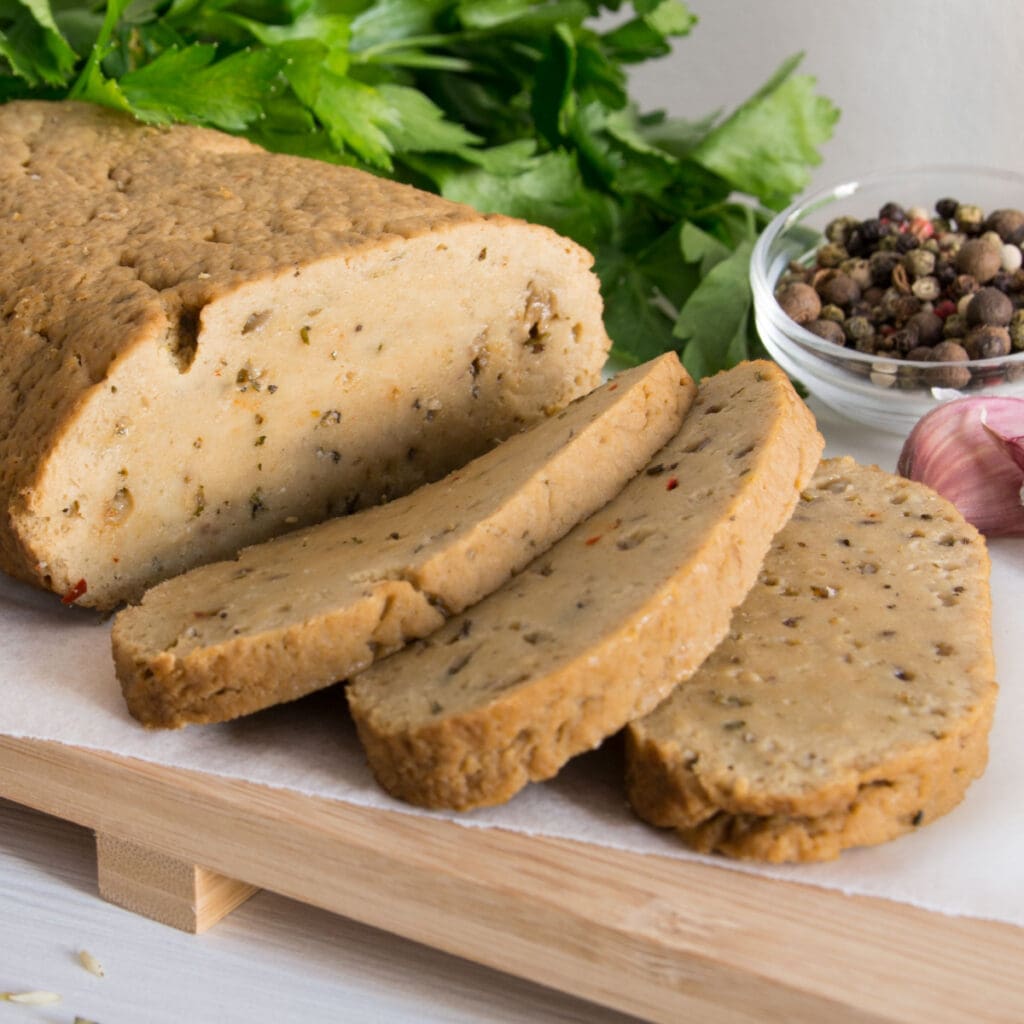
Seitan is a mixture of vital wheat gluten and water with a similar texture to chicken.
It has a very similar flavor and texture to boiled chicken.
And it works in almost any recipe, from curry to salads. You can even throw it on the grill.
So, let’s dive into what it is seitan, and why it’s a meatless option that’s been around for thousands of years!
What Is Seitan?
Seitan (pronounced SAY-tan), in its simplest form, is a mixture of water and vital wheat gluten, similar to flour.
It’s super trendy right now, thanks to TikTok, but this meatless alternative has been around for thousands of years.
Vegetarian Buddhist monks soaked wheat dough in water, creating a delicious, surprisingly healthy meat alternative.
With all the carbs washed away, seitan is low in calories, high in protein, and delivers a good dose of selenium, iron, and phosphorus.
Popular fake meat brands like Tofurkey utilize seitan as the primary ingredient in most of their products.
But you can also whip up a batch at home.
The texture of seitan is very similar to that of a chicken breast. It’s firm and a little bit chewy- just like meat.
Plus, it’s one of the few vegetarian options that are also vegan-friendly because it doesn’t incorporate eggs or dairy products.
While most homemade seitan recipes utilize vital wheat gluten, you can also use regular flour.
Since gluten is the main attraction here, you’ll have to really knead the dough when using regular flour to develop the gluten in your seitan.
You can make a plain seitan dough or incorporate tasty ingredients like spices or nutritional yeast to take the flavors over the top.

What Does Seitan Taste Like?
Like tofu, seitan has a very mild flavor. On its own, the flavors are savory and earthy, like a boiled chicken breast.
However, that mild flavor is the perfect backdrop for a host of added seasonings.
The great thing about seitan is that with a bit of know-how, you can recreate the flavors of your favorite meat dishes sans the meat.
For instance, add ingredients like liquid smoke, poultry seasoning, and vegetable stock if you want a chicken-like flavor.
It has the same chewy texture as chicken with a hint of chicken-like flavors.
Seitan works like a flavor sponge. It acts just like tofu but with a more meaty chew.
The seitan is your cooking blank canvas, and you’ a’re in charge of creating a meatless masterpiece with your favorite seasoning.
It goes great with curry, soups, or Asian dishes because it absorbs all those rich flavors.
You can make virtually any chicken or meaty dish vegetarian with seitan!
What Is Seitan Made of?
Seitan is a mixture of flour and water. That’s it! Of course, you can always add more flavors to make it your own.
The recipe for seitan is incredibly simple.
You likely have all the ingredients to whip it up right now hanging out in your pantry.
In its purest form, seitan is a mixture of flour and water.
Ideally, you want to use vital wheat gluten because it takes much less time to knead.
All-purpose flour works in a pinch, but it requires a lot more time kneading to develop the gluten in the flour.
Since the flavors of four and water are so mild, most recipes include added seasoning.
You can try powdered garlic, onion, and salt to dial up the flavors.
You can transform seitan into a hearty chicken, beef, or pork dish with the right ingredients.
It’s one of the most popular vegetarian meat alternatives for a good reason!
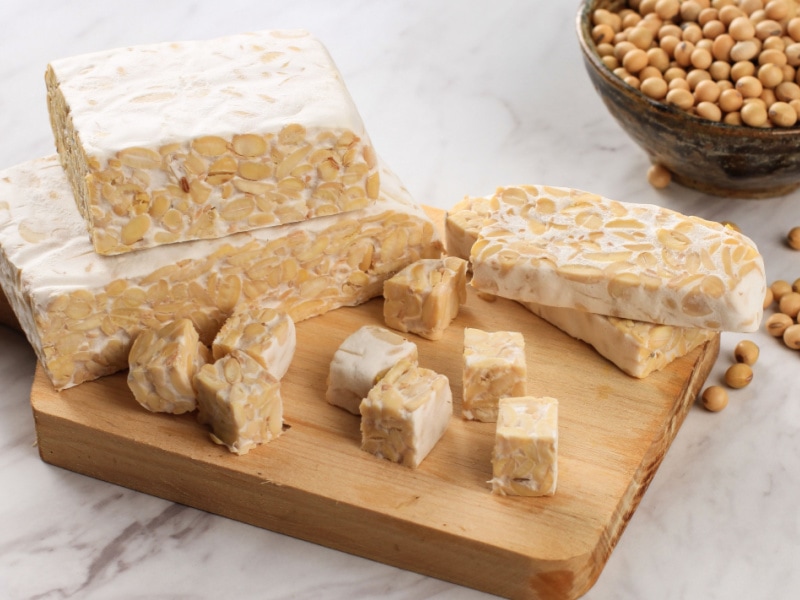
Seitan vs. Tempeh (What’s the Difference?)
While tempeh and seitan have very similar textures and flavors, they’re very different cooking ingredients.
Tempeh utilizes fermented yellow soybeans with added flavoring.
It has a mild, earthy flavor similar to seitan and a chewy, meat-like texture.
The most significant difference between tempeh and seitan lies in their primary ingredient.
Seitan utilizes gluten, while tempeh uses fermented soybeans.
Seitan isn’t ideal for those with gluten intolerances, while tempeh is 100 percent gluten-free.
However, tempeh isn’t a cooking ingredient that you can quickly whip up at home.
Fermenting is tricky and not exactly something you can whip up at home in a flash.
Buying your tempeh from the supermarket is best.
Seitan, on the other hand, is super easy to make at home. All you need is flour, water, and a bit of patience.
It’s a great way to whip up a cheap, meat-free dish using affordable ingredients like flour and simple spices.
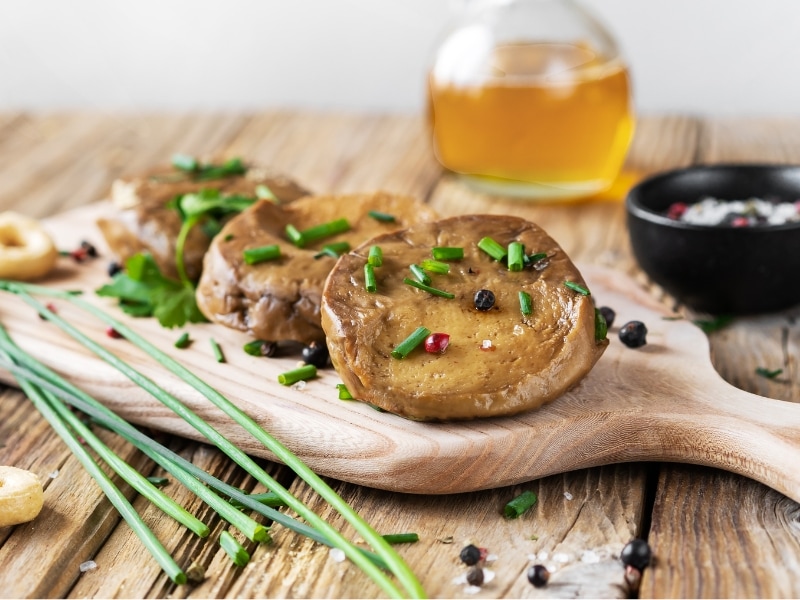
How to Cook Seitan
The sky’s the limit when it comes to how to cook seitan. Just like real meat, you can cook it in various ways.
You can pop it in a savory curry sauce or sautee it with garlic, oil, and spices.
You can even throw it on the grill to achieve perfect marks for a summer BBQ.
When grilled or sauteed, the outsides become golden while the inside stays tender.
It’s important to note that just like meat, it’s essential that you cook seitan all the way through.
Raw flour seems harmless, but it’s just as harmful as consuming raw chicken.
To check for doneness, squeeze your seitan with a pair of tongs. If it feels nice and firm, your seitan is ready to eat.
If the insides feel mushy, let it cook for a little longer.
If it’s not cooked all through, it’s a breeding ground for E. Coli.
When whipping up a batch of seitan curry, handle it with as much care as you would raw chicken.
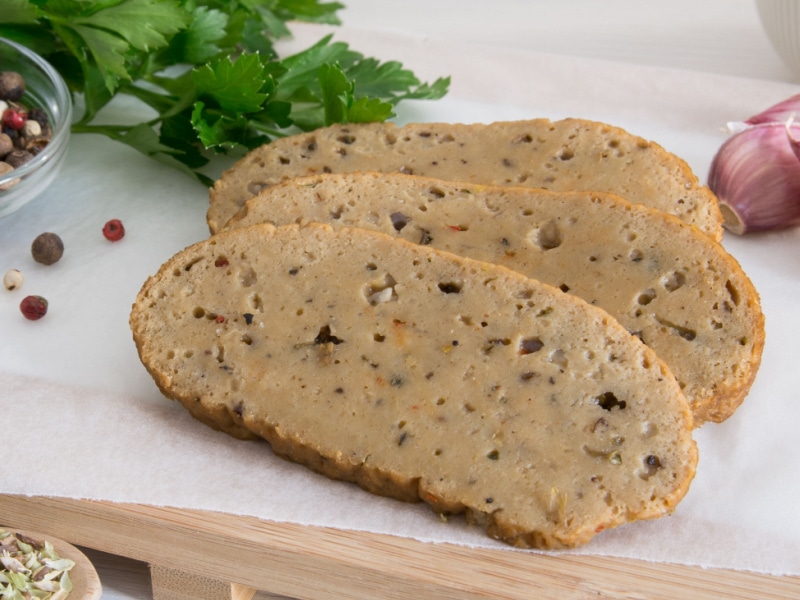
Where to Buy Seitan
Making seitan at home only requires a few simple ingredients, but it’s a whole process (like making bread).
The good news, however, is that many of the popular fake meat brands, like Tofurkey, use seitan as their primary ingredient.
If you’re hunting for a block of unseasoned seitan, head to the refrigerated section of your grocery store.
It typically hangs out with other meatless ingredients like tofu and tempeh.
Seitan isn’t as widely available as tofu, so your local supermarket may not carry it.
Your best option is to head for a specialty health food store known for its extensive meatless options.
And if you can’t find it locally, you have to learn to whip up your own at home.
Since seitan requires refrigeration, it isn’t something you can pick up online.
However, you can get your hands on a package of vital wheat gluten online, which allows you to make your own in a jiffy.
How to Store Seitan
Cook seitan can last up to 4 days in the fridge if stored correctly.
Ensure you allow the cooked seitan to cool down to room temperature before popping it into the fridge.
Place it in an air-tight container or sealable back, and remove as much air as possible.
Store-bought seitan might have a longer shelf life than homemade.
Check the packaging on your storebought seitan for recommendations for how long you can store it after opening.
Some pre-made seitan can last longer in the fridge than homemade ones.
If you want to freeze your seitan, you can do that, too!
It’s important to note that you can only store liquid-free seitan in the freezer.
If it’s already in a curry sauce, it’s not a great candidate for freezing.
You can also freeze seitan, but it will change the texture slightly.
Place the seitan in an air-tight container, and pop it in the freezer for 6 months.
Once thawed, it will be chewier than fresh but tastes delicious in a rich sauce or spicy marinade.
